Keynote Speakers
KEYNOTE CONFERENCE
Alteration Mineralogy - the Full Spectrum
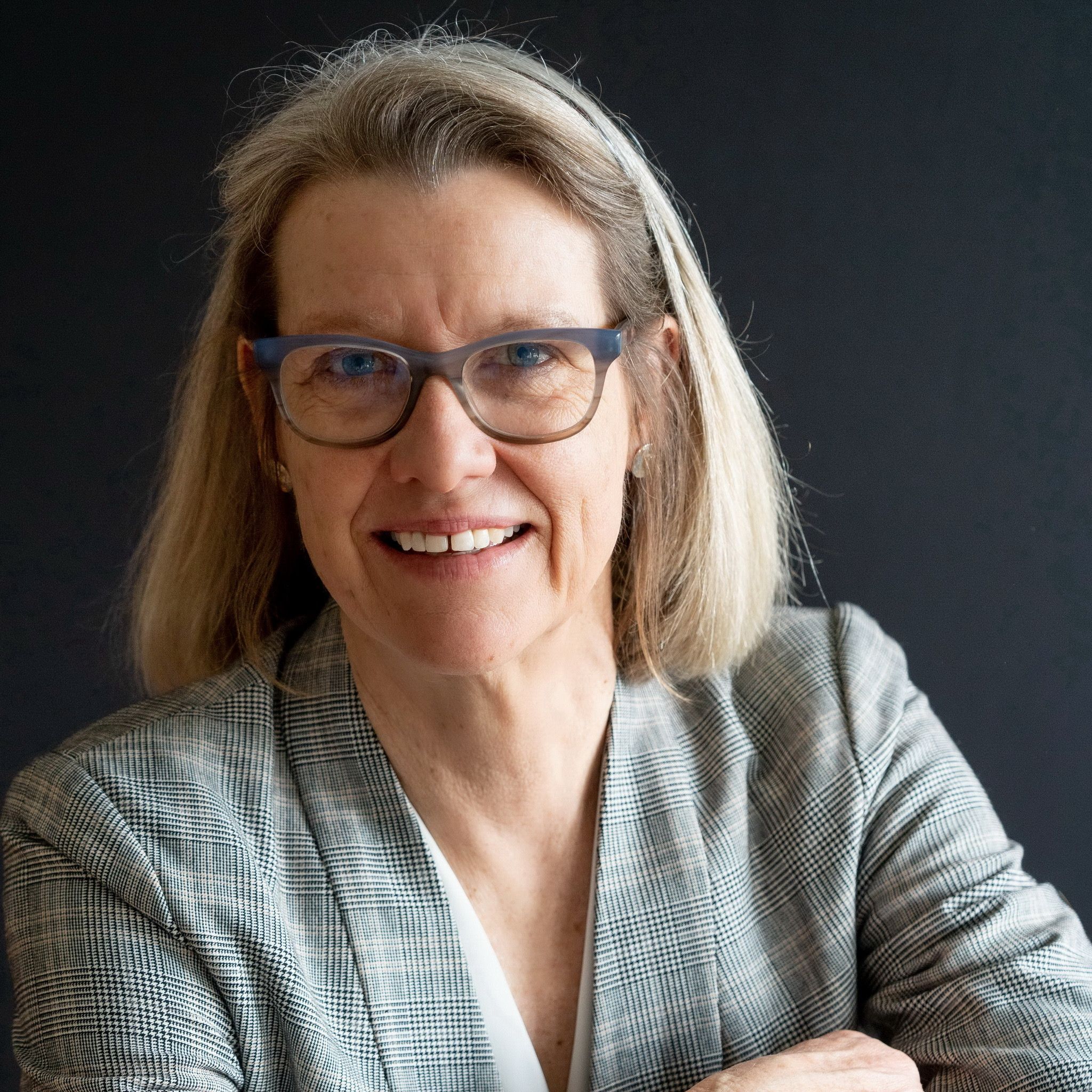
Anne J.B. Thompson
Anne Thompson has thirty-five years working in and consulting to the mineral exploration industry, including field work and applied mineralogy, providing innovative approaches to mapping alteration minerals. She was an early adopter of field spectroscopy and co-edited the Atlas of Alteration, a resource for exploration geologists. Anne’s company, PetraScience, is now a partnership with John Thompson and focuses on technology, sustainability and innovation in the mining industry. Anne is the producer and host of the SEG Discovery to Recovery Podcast and is the author of Innovation in Mineral Exploration published by the Prospectors and Developers Association of Canada. Anne was named to the WIMUK Global 100 Inspirational Women in Mining 2020.
KEYNOTE CONFERENCE
Alteration Mineralogy - the Full Spectrum
ABSTRACT
Documentation of alteration mineralogy through space and time is key to understanding the evolution of fluids and mineralizing processes important in ore formation. With advancements in digital data and analysis, spectroscopy is now a fundamental tool for identifying fine-grained minerals and recognizing changes in mineral chemistry. Regular use of drill core scanners also provides detailed textural and mineralogical records providing data for three dimensional models. The results are easily integrated into system and deposit models and may be associated directly with whole rock geochemistry.
We will consider how spectral data is currently collected by exploration and mining companies as well as how many academic groups integrate field spectroscopy into their studies. There are several key considerations for both types of work, including which instruments are used, and how data is collected and processed. Smart use of spectroscopy can be powerful, but poor interpretation or inadequate data will lead to loss of important knowledge. There are many points along the way where errors may be introduced into the results.
What do exploration geologists need to know? Are there key areas of research that need to be addressed? Clearly exploration and mining groups are acquiring vast quantities of analyses, but how good is the data and which approaches work best? We will discuss these questions by examining case studies, reviewing the fundamental science, and considering current data analysis practices that work.
KEYNOTE CONFERENCE
What controls the size of mineral deposits?
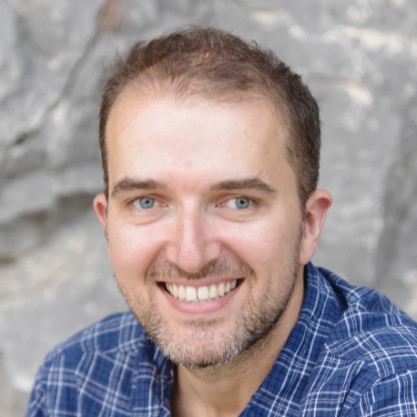
Cyril Chelle-Michou
Cyril Chelle-Michou is Professor of Mineral Resource Systems at ETH Zurich, Switzerland. His research takes a cross-disciplinary approach where methods, data, and concepts encompassing a broad range of fields are interconnected to unravel the processes that have shaped our planet and generated the natural resources upon which our society relies. He is mainly interested in quantifying the geological processes that modulate the size of magmatic-hydrothermal and sediment-hosted deposits and in developing new exploration methods and decision tools to help targeting the biggest orebodies as early as possible, in order to reduce the economic risks and environmental impacts in identifying increasingly deeper orebodies
KEYNOTE CONFERENCE
What controls the size of mineral deposits?
ABSTRACT
Theoretical, conceptual, technical, and analytical advances over the last century have allowed not only to develop and refine models for the formation of mineral deposits, but also to develop cost-effective exploration methods to identify new deposits. However, once a new orebody is identified, it requires extensive drilling campaigns and massive investments to quantify its metal content. This is associated with increasing economic risks and social and environmental impacts, that are magnified by the current need to search for increasingly deeper orebodies (under cover). In order to mitigate such risks, it would be advantageous to be able to determine (even coarsely) the size of the newly discovered deposit as early as possible during exploration.
While commonly advocated magmatic, hydrothermal and geochemical processes and their associated fertility indicators may indeed pinpoint toward the formation of a deposits, they fall short in explaining their ranges in metal endowment which typically cover over four to five orders of magnitude in each deposit type (e.g. porphyry copper deposits, MVT deposits). I will discuss how understudied physical factors in porphyry copper and MVT deposits contribute on the fertility of such systems. Further I will explore possible ways to assess this ‘physical fertility’ from the rock record by combining cutting edge analytical methods and advanced numerical models.
KEYNOTE CONFERENCE
Tools to aid porphyry exploration in diverse geological environments
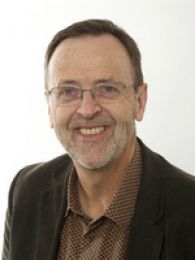
David Cooke
David Cooke is the Director of CODES, the Centre for Ore Deposit and Earth Sciences at the University of Tasmania. In collaboration with his students, postdoctoral research fellows and research colleagues, David has been researching hydrothermal and magmatic processes that lead to porphyry copper and epithermal gold ore formation since the mid-1980s. David’s team have also been studying mineralogical and geochemical halos to porphyry and epithermal deposits for almost two decades, developing new geochemical exploration tools for the minerals industry, which was recognized with the inaugural AMIRA International Award for Geoscience Research Excellence in 2012. David received the Society of Economic Geologists’ Thayer Lindsley lecturer award in 2005, the SEG Silver Medal in 2013, the Australian Academy of Science’s Haddon Forrester King Medal in 2018, and was the SEG Distinguished Lecturer in 2021. He has been an associate editor of Economic Geology since 2001.
KEYNOTE CONFERENCE
Tools to aid porphyry exploration in diverse geological environments
ABSTRACT
As explorers searches for large, high-grade resources at greater depths, and mining operations are required to manage mineralogically and texturally complex orebodies, it is more critical than ever to develop effective exploration and characterisation tools that can be applied at the earliest stages of exploration and resource definition to reduce cost and risk. Over the past decade, new geochemical and geological exploration tools have been developed to aid exploration for and characterisation of porphyry, epithermal, skarn, carbonate-replacement, and other types of hydrothermal ore deposits. These include geochemical, mineralogical, and textural tools that provide methods to aid the detection of mineralised domains at the regional to district scales, along with tools that provide indications of fertility of the system, to aid in the detection of near-misses and provide explorers with additional information to aid decision-making during exploration of transition zone environments. Some of these tools have the potential to eliminate false positives, and can aid in focusing exploration activity into the most prospective areas of districts with complicated histories of hydrothermal ± magmatic activity.
KEYNOTE CONFERENCE
Paleosurface features of porphyry Cu(-Au) deposits: Evidence from active analogues
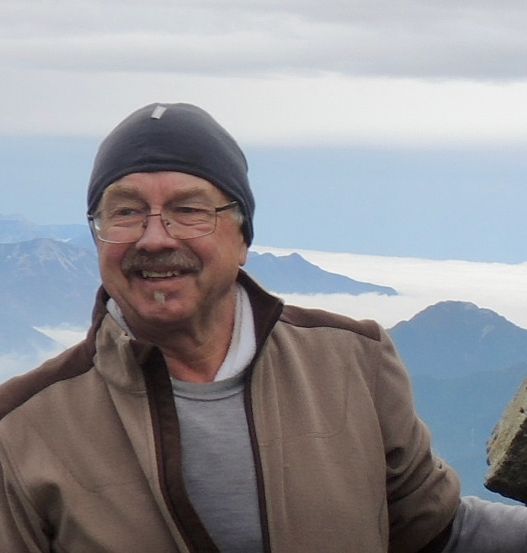
Jeffrey Hedenquist
Jeffrey Hedenquist is an independent advisor to the mineral industry and governmental groups on exploration for and assessment of hydrothermal gold and copper projects; he has worked for ~120 companies in over 40 countries, including field and classroom training. Prior to 1999 he spent 10 years each with government institutes of New Zealand and Japan, working on geothermal energy development and volcanic discharges; during this time he also studied the formation of epithermal and porphyry deposits. Dr. Hedenquist is also adjunct professor at the University of Ottawa.
KEYNOTE CONFERENCE
Paleosurface features of porphyry Cu(-Au) deposits: Evidence from active analogues
ABSTRACT
R.H. Sillitoe (1973) concluded that most porphyry deposits are overlain by “a comagmatic volcanic pile, which is transected by a column of hydrothermal alteration ... with localized patches of silicification and advanced argillic alteration. The volcanic pile is thought to constitute a stratovolcano which possesses large native sulfur deposits ... [and] high-temperature fumaroles in the vicinity of its central vent; these surficial deposits are considered as the effluent products of active porphyry copper systems.” This shallow alteration is now well understood to constitute lithocaps related to degassing intrusions at depth; the residual quartz and advanced argillic minerals (alunite and aluminosilicates) are formed at the same time as deep potassic alteration, but are barren in metals, even where associated with mineralized porphyry intrusions at depth. However, lithocaps can be mineralized with gold and high sulfidation-state sulfides, such as enargite and covellite, by subsequent ascent of fluid associated with white mica alteration.
Numerous active andesitic complexes in Japan are well studied, including high-temperature magmatic–hydrothermal systems that are several kilometers in diameter and typically asymmetric to the intrusive center; shallow lateral flow is due to the hydraulic gradient caused by ≥1 km of relief over 5+ km. The heat flow of these systems is driven by large intrusions at <5–10 km depth, with multiple eruptions documented over a period on the order of ~105 years. Magnetotelluric (MT) studies indicate the common presence of low-resistivity (<1 Ω-m) hydrothermal liquid at depths of ~1-4 km, proximal to intrusive centers. The shallow (<1 km) portion of the hydrothermal system over the intrusive center of shallow apophyses is dominated by magmatic vapor condensed into meteoric water; acidic condensates (pH <1.5) cause strong alteration of the host rock, leaving a siliceous residue that is barren in metals. The lateral flow of less-reactive hydrothermal liquid on the flank of high-relief volcanic massifs is controlled by lithologic and structural permeability; intrusion and eruption pulses influence the size of the magmatic component in the distal meteoric-dominated portion of the system, which is part of the epithermal environment. These hydrothermal systems are the active equivalents of those responsible for the formation of linked porphyry and epithermal ore deposits and related alteration, as recognized by Sillitoe 50 years ago.
KEYNOTE CONFERENCE
Future mineral exploration
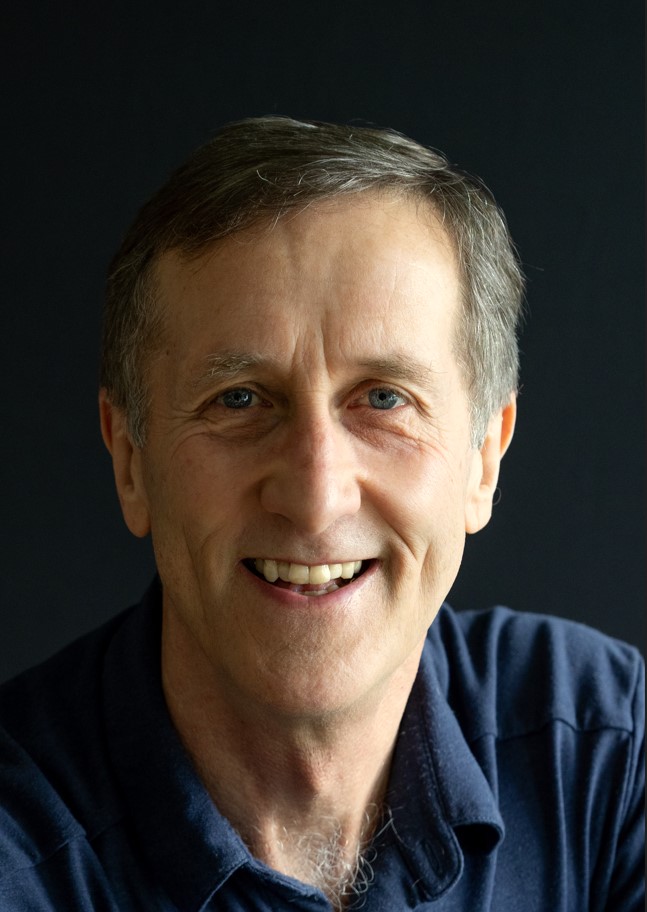
John Thompson
John partners in a consulting business based in Vancouver, BC, focused on exploration, mining, innovation and sustainability. He combines academic experience – Professor of Responsible Resources at the University Bristol and prior positions at Cornell University and the University of British Columbia, and industry experience – 35 years in mining and exploration. He is a director of KoBold Metals and MineSense, a founder of Regeneration, and has advisory roles for several exploration, technology, venture capital and research organizations.
KEYNOTE CONFERENCE
Future mineral exploration
ABSTRACT
Mineral exploration will be a necessity for the foreseeable future as humanity seeks to modernize our world and reduce our impact on the planet. While nobody can dispute the underlying need, future exploration must strive to meet three goals:
- Discover quality mineral deposits with increasing efficiency and minimal impact
- Develop a comprehensive understanding of ore bodies to maximize quality
- Engage custodians, communities and stakeholders and ensure that the building blocks are in place to maximize opportunities and benefits
Creative ideas, research and innovation will be required to meet these goals in seven key areas:
- Develop a complete understanding of mineral systems from regional to camp and project scales – focus exploration in regions of maximum potential
- Adopt industry-wide standards based on real ESG criteria – including comprehensive risk assessment linked to regional mineral system models
- Utilize new business and partnership models that create value for all
- Pursue new systems and target types that offer opportunities for quality deposits
- Integrate earth science and data science to significantly improve the efficiency, and minimize the footprint, of exploration and discovery
- Enhance subsurface knowledge through geophysics, data science, drilling technology, downhole tools, and real-time/rapid chip to core analysis
- Use analytical tools to increase ore body knowledge at a variety of scales – support evaluation, identify the most selective development options, seek extraction of multiple by-products, and reduce waste
KEYNOTE CONFERENCE
Distinct magma evolution processes control the formation of porphyry Cu-Au deposits in thin and thick arcs
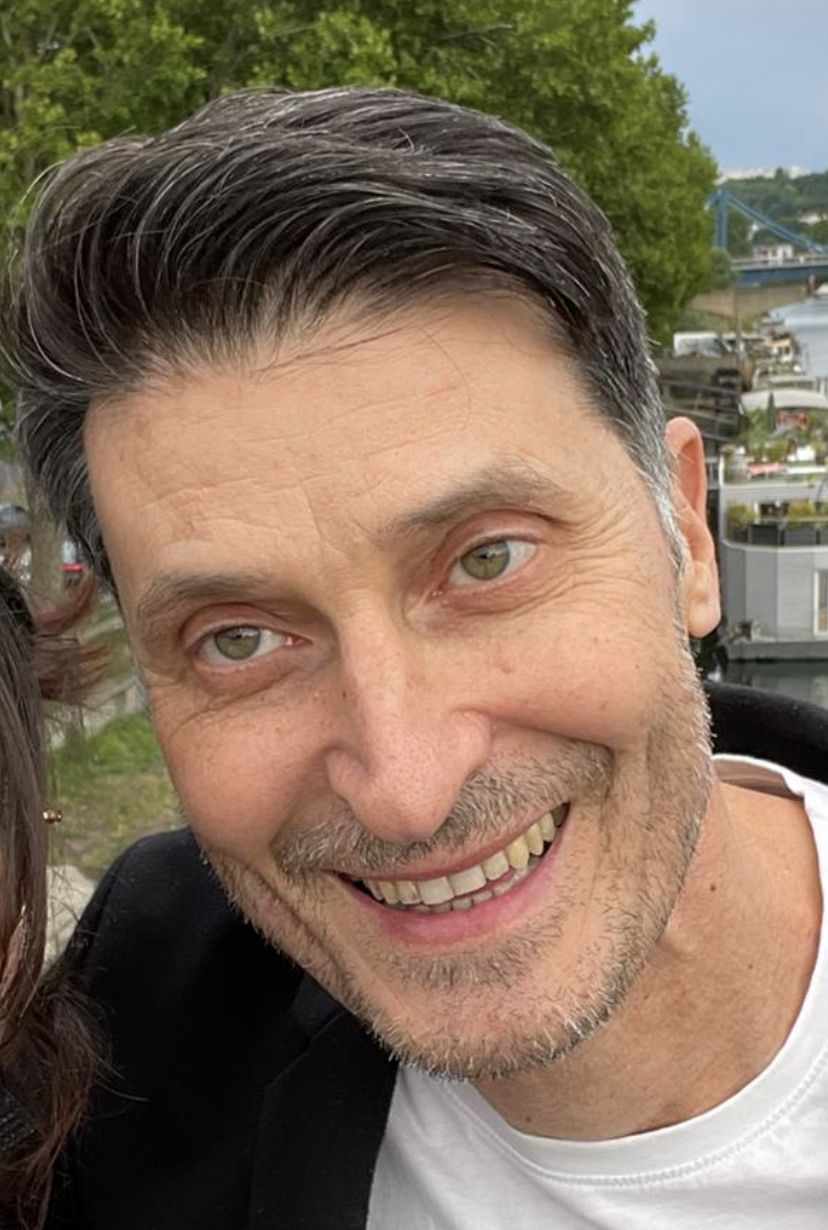
Massimo Chiaradia
Massimo Chiaradia is Senior Lecturer at the Department of Earth Sciences of the University of Geneva (Switzerland). He obtained his MSc at the University of Padova (Italy) and a PhD in Earth Sciences at the University of Fribourg (Switzerland). His research focuses on the petrogenesis of arc magmas with implications for continental crust formation and the relationship between magma chemistry, dynamics of subduction zones and the formation of porphyry-type deposits. To carry out his research Massimo combines fieldwork with various analytical techniques including petrography and ore microscopy, mineral and rock geochemistry, light and heavy stable isotopes, radiogenic isotopes and high-precision radiometric dating.
KEYNOTE CONFERENCE
Distinct magma evolution processes control the formation of porphyry Cu-Au deposits in thin and thick arcs
ABSTRACT
Porphyry Cu–Au deposits are the major global source of copper, an essential metal for the green transition, and a significant source of gold. They occur both in thick continental and thin oceanic arcs at depths between ∼1 and ∼6 km above parental magma chambers situated at ∼5–15 km depth. Although it is believed that the metal precipitation processes for these deposits are the same in thin and thick arcs, it is not clear why porphyry deposits in these two environments display different Cu and Au endowments and different Au/Cu ratios. Using mass balance petrological modeling, I argue that porphyry Cu–Au deposits in thick and thin arcs form by two distinct magmatic evolution precursors. In thick arcs porphyry Cu–Au deposits are tied to the deep crust build-up of large volumes of magmas, volatiles and metals. These large volumes of magmas are H2O-undersaturated and need to rise to shallow level to exsolve fluids and metals. In contrast, porphyry Cu–Au deposits in thin arcs form by little differentiated mantle-derived magmas that rise directly to shallow crustal levels where they exsolve fluids and metals. These two distinct magmatic pathways of porphyry Cu–Au generation are ultimately controlled by the different arc thicknesses in the two environments, even though the processes of metal precipitation in the actual deposits of the shallow crust are similar. The model discussed here may stimulate the development of new tools for the exploration of porphyry deposits in the distinct environments of thick and thin arcs.
KEYNOTE CONFERENCE
The Importance of Geologic Models for Critical Metals Exploration
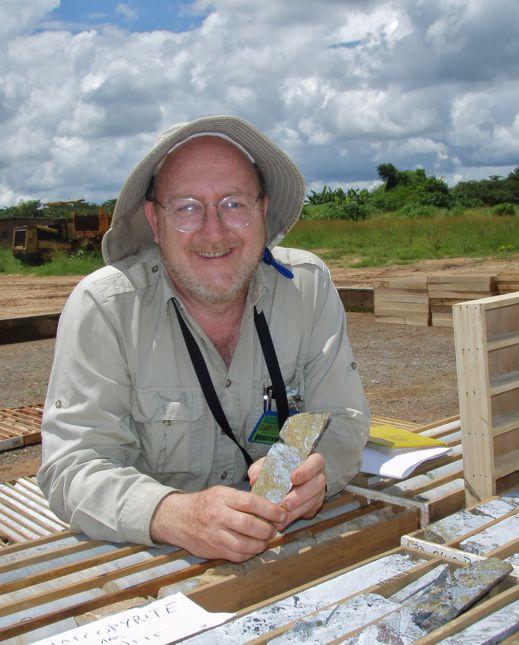
Murray Hitzman
Murray Hitzman holds an SFI Professorship in the School of Earth Sciences at University College Dublin and is also the Director of the Irish Centre for Research in Applied Geosciences (iCRAG). He served as Associate Director for Energy and Minerals at the U.S. Geological Survey (2016-17) and was the Charles Fogarty Professor of Economic Geology at Colorado School of Mines from 1996-2016 where a primary research focus was the geology of the Central African Copperbelt (Democratic Republic of Congo and Zambia). Dr. Hitzman served in Washington, D.C. as a policy analyst in both the White House Office of Science and Technology Policy (1994-96) during the Clinton Administration and the U.S. Senate (1993-94) for Senator Joseph Lieberman (CT). He worked in the petroleum and minerals industries from 1976 to 1993 primarily conducting mineral exploration worldwide and was largely responsible for Chevron Corporation’s Lisheen Zn-Pb-Ag deposit discovery in Ireland (1990). Hitzman has B.A. degrees in geology and anthropology from Dartmouth College (1976), an M.S. in geology from University of Washington (1978), and a Ph.D. in geology from Stanford University (1983). He has previously served on the boards of a number of mineral exploration and mining companies and currently serves as technical advisor for the private company KoBold Metals, focused on utilizing machine learning for battery metals exploration. He has received a number of awards including the Chevron Chairman’s award for the Lisheen discovery (1992), the Society of Economic Geologists Silver Medal (1999), the Daniel C. Jackling Award by Society of Mining, Metallurgy, and Exploration and the Des Pretorius Award by the Geological Society of South Africa (both 2015), and the Haddon Forrester King Medal by the Australian Academy of Sciences (2016).
KEYNOTE CONFERENCE
The Importance of Geologic Models for Critical Metals Exploration
ABSTRACT
Critical metals are crucial for the delivery of the technologies society requires to meet its decarbonization goals and successfully address the current climate crisis. Although there are a number of well-established ore deposit models, few have been developed for critical metals. There is no reason to believe that economically significant concentrations of any of the newly critical elements do not exist in nature. History demonstrates that ore deposit models are commonly developed to explain new discoveries. However, it is also possible to develop new ore deposit models based solely on basic geochemical and geological principles. This talk will review the development of several ore deposit models, suggest some deposits for which models have not yet been developed, and utilise the specific example of hydrothermal nickel deposits in the Central African Copperbelt to illustrate how new ore deposit models for critical metals deposits may be formulated. The current impetus to discover new resources of what have been up to the present elemental curiosities should spur significant research and exploration. Imagination is required to ensure the future of critical discovery.
KEYNOTE CONFERENCE
Antamina Geological Update
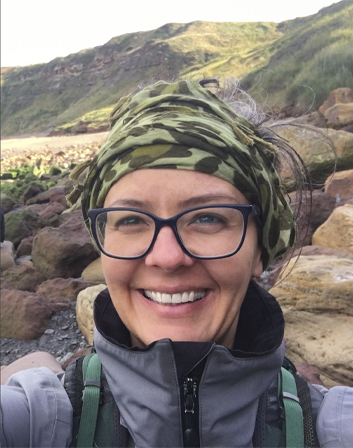
Stephanie Mrozek
Stephanie Mrozek is an Adjunct Research Associate at James Cook University (Townsville, Australia) and a Senior Geologist on the Donlin Gold project (SW Alaska). She received her Ph.D. at James Cook University (Townsville, Australia) in 2018 where she studied the world-class Antamina Cu-Zn skarn-porphyry deposit in Peru. Her research combined field observations with geochemistry, geochronology, petrography, and fluid inclusion analysis to reveal spatio-temporal relationships between porphyry emplacement, host rock composition, hydrothermal alteration, and mineralization. Stephanie has 17 years of experience in mining and exploration, with a decade of that time devoted to working on skarns.
KEYNOTE CONFERENCE
Antamina Geological Update
ABSTRACT
Antamina, the largest skarn in the world, surrounds a structurally controlled, NE-SW elongated, multi-phase intrusive complex emplaced between 10.96 ± 0.03 Ma and 10.23 ± 0.07 Ma (zircon CA-ID-TIMS and LA-ICP-MS ages). Both the intrusions and the mineralization (molybdenite Re-Os ages) become younger towards the SW. The large size is proposed to be related to the unusually abundant fertile intrusions and their consecutively southwestward emplacement into Cretaceous Jumasha Formation and Celendin Formation carbonate rocks at favorable depths of 4.6-3.5 km.
KEYNOTE CONFERENCE
Flavour of the month - the necessity of critical elements in a
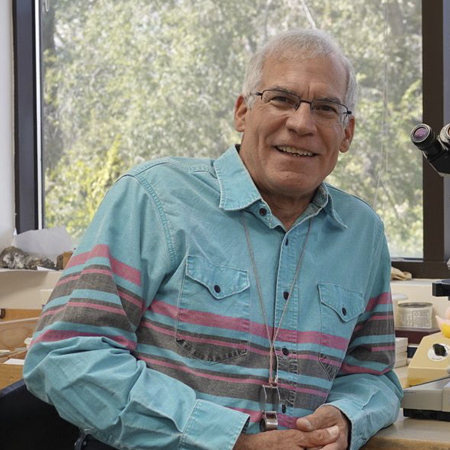
William X.Chávez Jr.
William X. Chavez, Jr. has degrees in Geology and Mining Engineering from the same institute (1977), and M.A. (1980) and Ph.D. (1984) in Geology from the University of California at Berkeley. Since then he has been Professor of Geological Engineering and Economic Geologist at the New Mexico School of Mines, Socorro, New Mexico. His areas of interest are related to the application of geochemistry to mineral exploration, interpretation of alteration associations, mobility of metals in the supergene environment, and application of geochemistry for mine remediation. He teaches workshops for the Society of Economic Geologists including mapping courses and mineral exploration courses.





